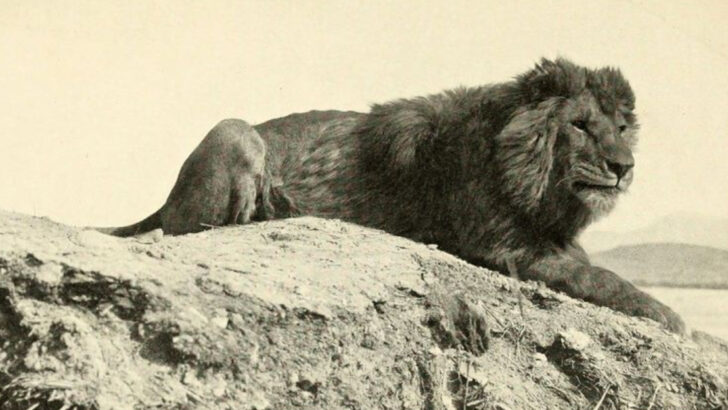Not all kings get to keep their thrones.
Long before the lions we know today prowled the savannas, the world was home to giant, ferocious, and almost mythical cats—lion species so powerful they make modern lions look tame.
They ruled ice ages. They roamed continents. They stared down mammoths, saber-toothed rivals, and whatever else dared cross their path.
But they’re all gone now—lost to time, climate shifts, and extinction. What remains are bones, legends, and a haunting glimpse into a wilder, more dangerous world.
This is a tribute to 12 extinct lion species that once roared louder, hunted harder, and dominated like no others.
American Lion
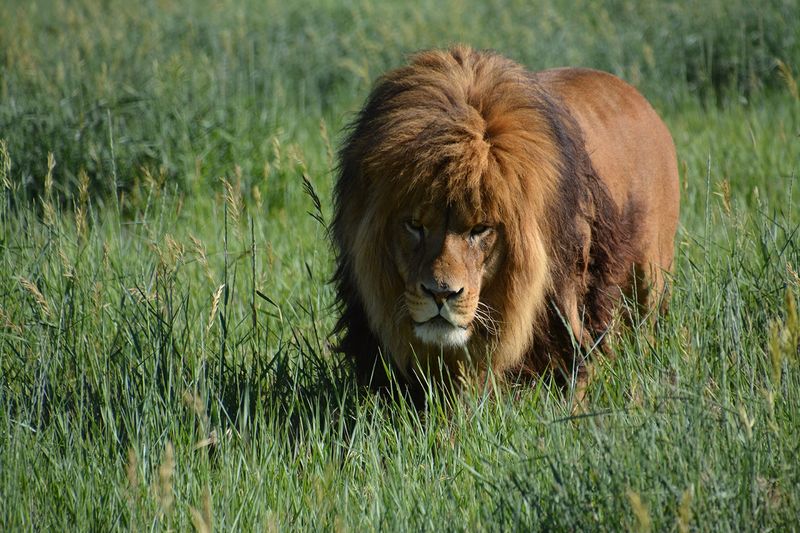
The American Lion, also known as Panthera atrox, once roamed the vast North American plains. This magnificent creature was one of the largest lion species ever known. With a long body and robust limbs, it was built for strength.
Its formidable size allowed it to hunt large prey such as bison and camels. The American Lion’s presence in the Pleistocene era adds a fascinating chapter to the continent’s history.
Although extinct, fossils provide insight into its life, revealing a creature both powerful and majestic.
Cave Lion
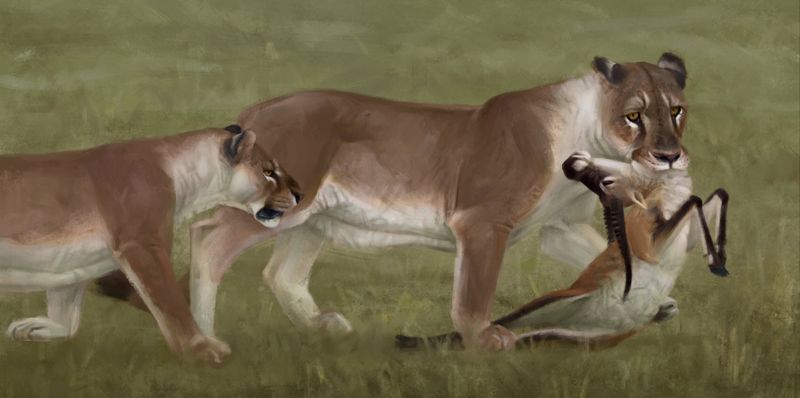
The Cave Lion, Panthera spelaea, ruled the Ice Age with a fearsome reputation. Its striking appearance, with massive paws and a thick mane, made it a symbol of power.
Living in the cold regions of Europe and Asia, the Cave Lion adapted to harsh climates. Its ability to hunt mammoths and other large mammals demonstrated its prowess.
Fossils and cave paintings tell a story of a creature that captured human imagination, leaving a legacy that lingers in the caves it once prowled.
European Lion
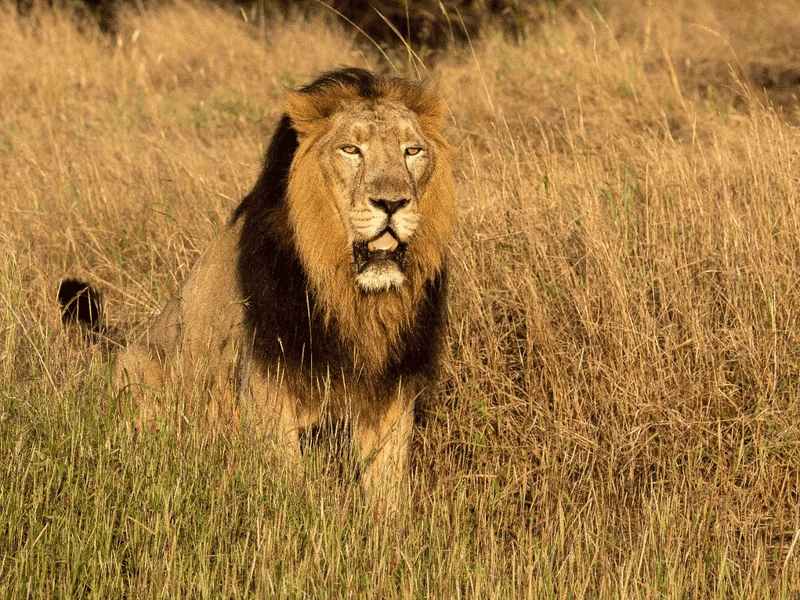
The European Lion, once found throughout Europe, was a subspecies of the modern lion. Known scientifically as Panthera leo europaea, it was revered by ancient civilizations.
This lion’s presence in Greece and Italy is well-documented in myths and literature. Its extinction marked the end of an era where lions roamed European landscapes.
Though no longer seen, the European Lion’s influence persists, inspiring tales of heroism and strength in mythology and art.
Cape Lion
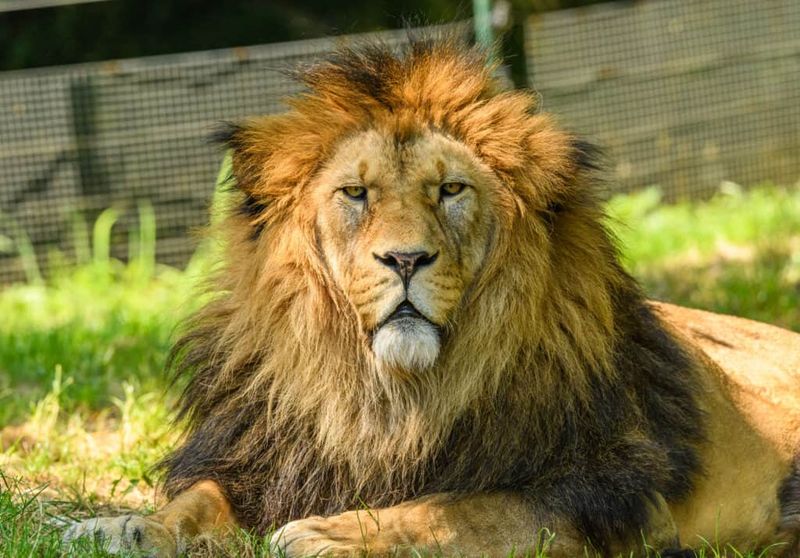
The Cape Lion, once a dominant presence in the South African wilderness, was known for its distinctively dark mane and regal stature. This lion stood out with its majestic appearance, making it a subject of intrigue and admiration among early explorers. Its habitat stretched across the Cape of Good Hope, where it played a crucial role in the local ecosystem.
Despite its powerful presence, the Cape Lion faced threats from human expansion and hunting, leading to its eventual extinction. Its unique characteristics, such as the deep coloration of its mane, continue to be a subject of fascination for paleontologists and historians alike.
The Cape Lion’s story serves as a poignant reminder of the delicate balance between man and nature.
Ethiopian Lion
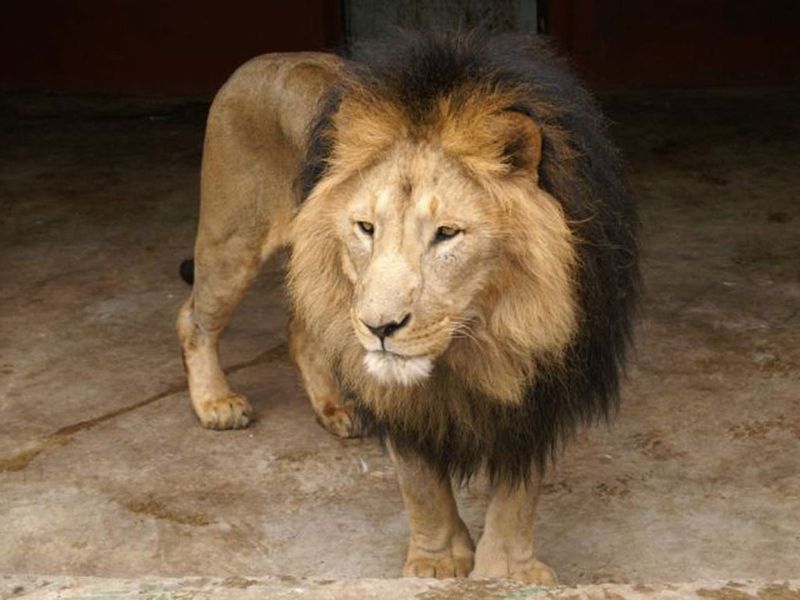
The Ethiopian Lion, Panthera leo roosevelti, was a unique subspecies distinguished by its distinct mane. Found in the Ethiopian highlands, it had a regal appearance that set it apart.
Unlike other lions, its mane was darker and fuller, making it a true icon of the African wilderness. Though it vanished from the wild, efforts to study its genetics continue.
A symbol of strength and royalty, the Ethiopian Lion’s story resonates with the rich biodiversity of Africa’s past.
Barbary Lion
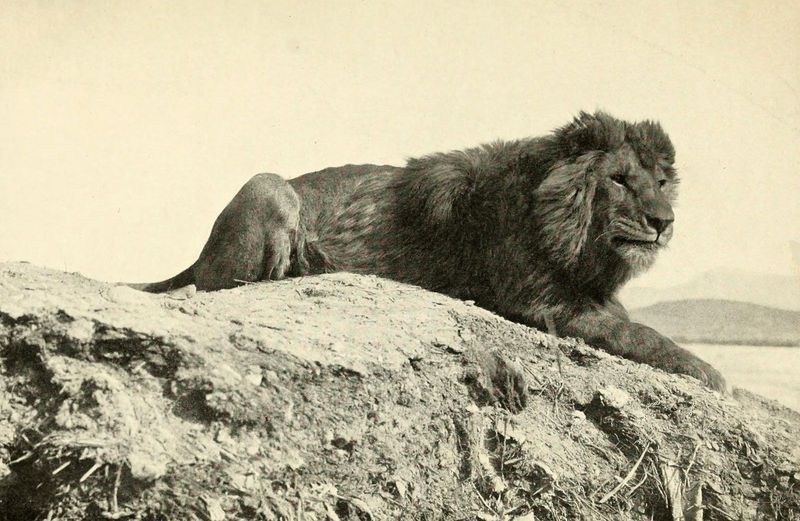
Famed for its impressive size and thick, luxurious mane, the Barbary Lion once roamed the sparse landscapes of North Africa. Known as the “Atlas Lion,” this majestic beast was a symbol of courage and nobility. Its mane was not only large but also extended over its belly, providing an imposing and grand appearance.
The Barbary Lion was often associated with the Roman Empire, where it was showcased in gladiatorial arenas. Despite its powerful image, habitat loss and hunting for sport led to its decline. Today, only a few descendants exist in captivity, sparking ongoing conservation efforts.
Fun fact: The Barbary Lion is believed to have been the lion species depicted in many Roman mosaics and sculptures.
Mosbach Lion
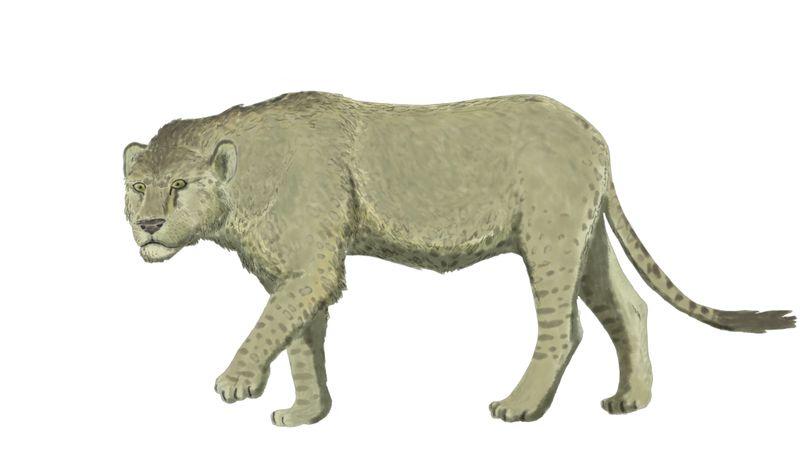
The Mosbach Lion, Panthera leo fossilis, was a predecessor to the modern lion. Found in Europe during the Pleistocene, it was known for its impressive size and strength.
This lion’s fossils, discovered in Mosbach, Germany, reveal a creature that once dominated the landscape. Its ability to hunt and adapt to environmental changes underscores its resilience.
Though it no longer roams the Earth, the Mosbach Lion continues to intrigue scientists and historians alike, offering a glimpse into a bygone era.
Panthera leo melanochaita
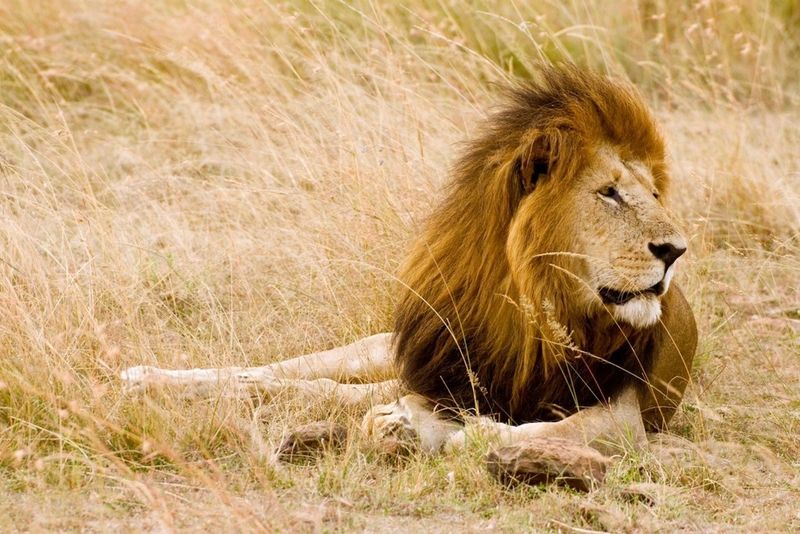
Panthera leo melanochaita, also known as the Cape Lion, was a large subspecies that roamed the Cape of Good Hope. Recognized for its striking dark mane, it was a symbol of majesty.
Its presence in the southernmost tip of Africa made it a unique part of the continent’s biodiversity. The Cape Lion’s ability to thrive in diverse habitats exemplified its adaptability.
Although extinct, its legacy lives on in museums and collections, where its unique features continue to captivate imaginations.
Natodomeri Lion
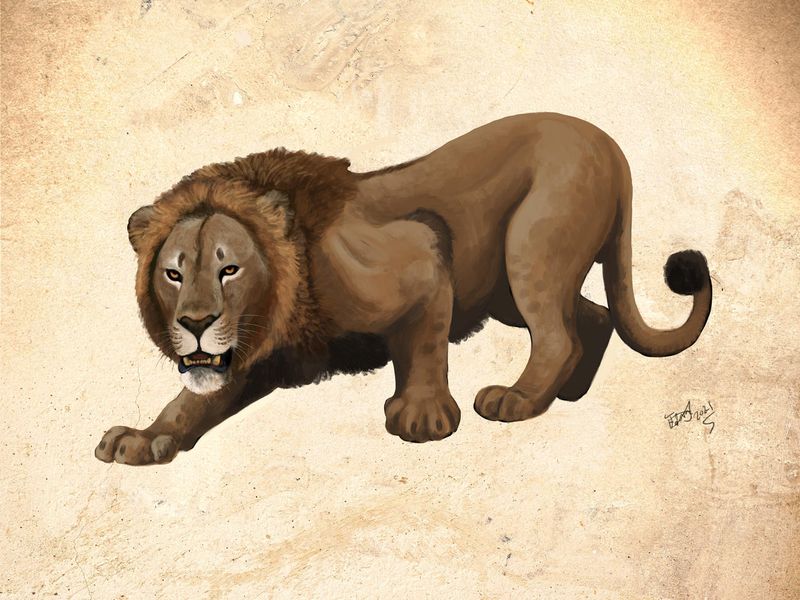
The Natodomeri Lion, discovered in Kenya, adds an intriguing chapter to the history of lion evolution. Its unique features, including a distinct skull shape, set it apart from other species.
This lion lived in a period marked by significant environmental changes, showcasing its adaptability. Its remains were found near the Natodomeri River, lending the name to this magnificent creature.
Though it vanished, the Natodomeri Lion continues to be a subject of study, revealing insights into the evolution of big cats.
Nubian Lion
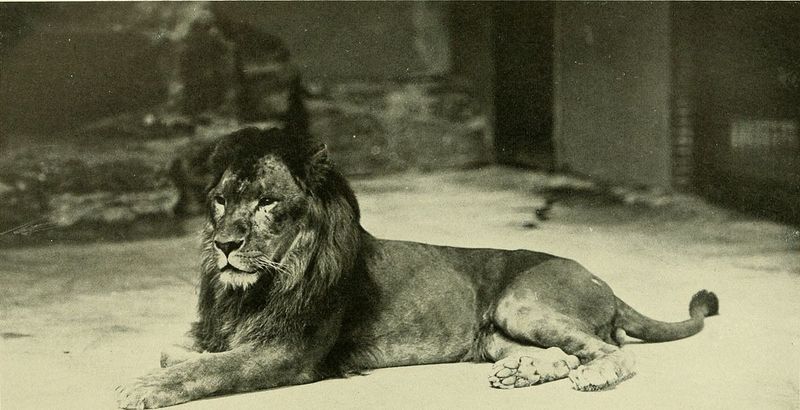
The Nubian Lion, a proud denizen of Northeast Africa, was known for its adaptability to the harsh arid environments. This lion boasted a lighter coat, which not only helped it blend into its surroundings but also reflected the intense sunlight of the region. Its presence was a testament to the resilience of wildlife in challenging climates.
Despite its ability to thrive in such an environment, the Nubian Lion faced challenges from human encroachment and hunting, leading to its eventual disappearance. Today, efforts are being made to study and understand its unique adaptations and role in the ecosystem.
Fun fact: Nubian Lions were once a common sight near the banks of the Nile, living alongside the ancient civilizations of Egypt.
Serengeti Lion
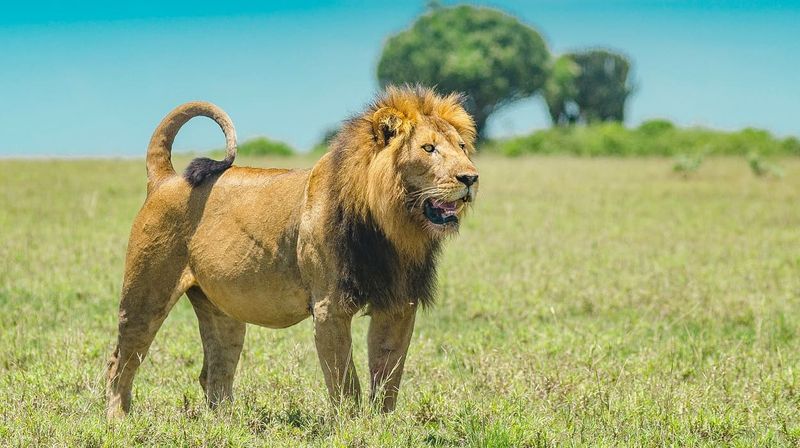
The Serengeti Lion was a symbol of strength and dominance in the vast savannahs of Africa. With a powerful build and a commanding presence, this lion ruled its territory with authority.
Known for its incredible hunting skills, the Serengeti Lion was feared by prey and revered by its pride. Its roar echoed across the plains, a testament to its unrivaled prowess.
Though extinct, its legacy lives on in the stories of ancient African tribes who revered these lions as kings of the animal kingdom.
Chauvet Lion
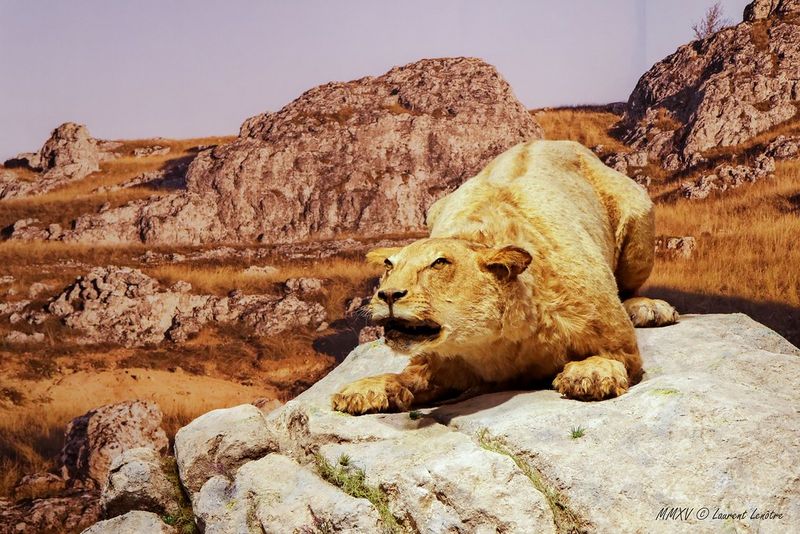
The Chauvet Lion, immortalized in the cave paintings of France, offers a vivid glimpse into prehistoric life. Its large size and powerful build made it a subject of awe.
These paintings, some of the oldest known, depict the lion in various poses, capturing its essence. The Chauvet Lion’s role in history is not just as a predator but as an inspiration for early humans.
Through art, it continues to engage those who study these ancient depictions, bridging the gap between past and present.

